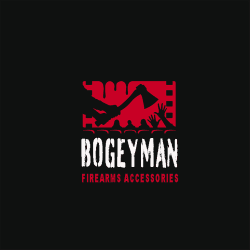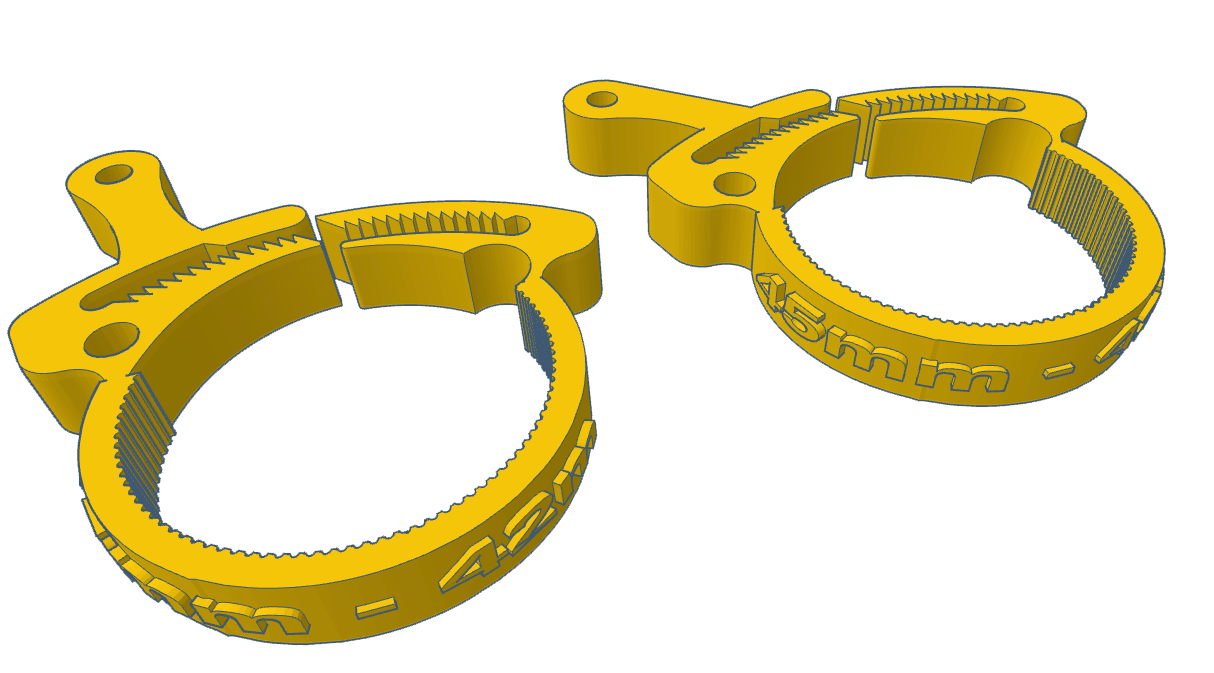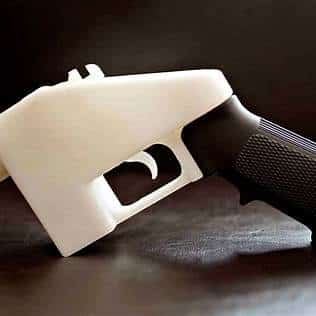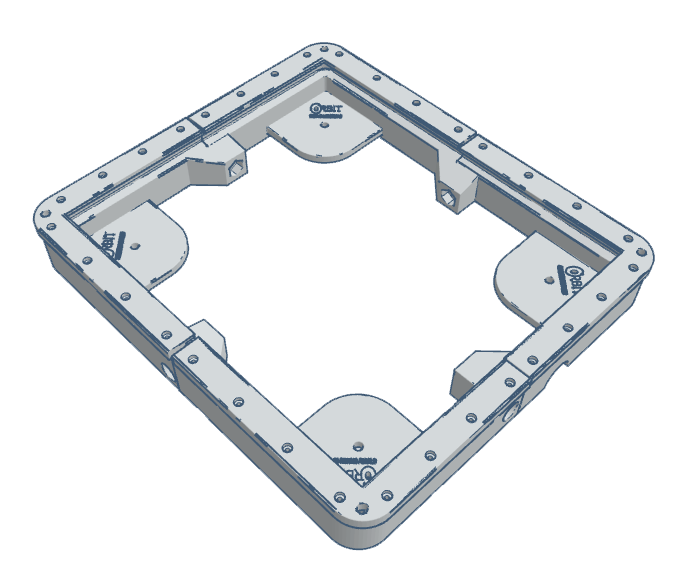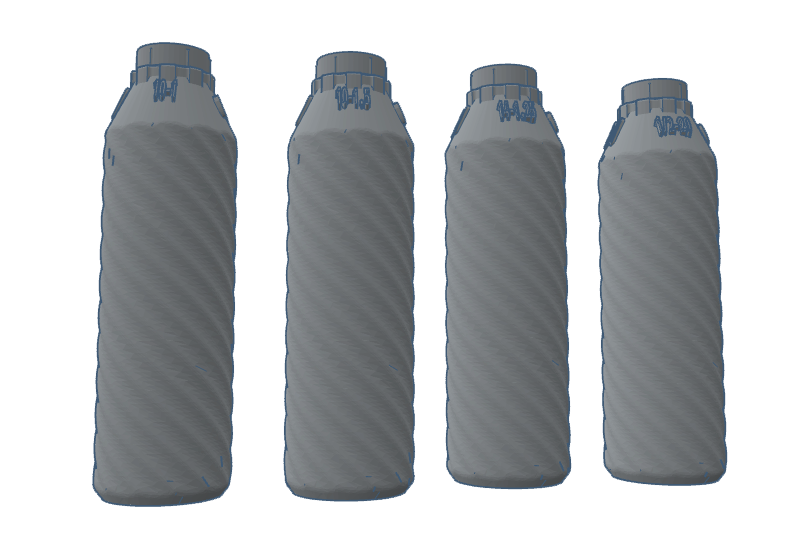Why Every Shooter Needs a Throw Lever on Their Rifle Scope
In the world of precision shooting, speed and control are everything. Whether you’re competing in a fast-paced match, carrying out tactical drills, or out in the field on a hunt, the ability to adjust your rifle scope’s magnification quickly and reliably can mean the difference between a clean shot and a missed opportunity.
One of the most effective ways to achieve this is by adding a throw lever—a small but powerful accessory designed to make scope adjustments faster, smoother, and more consistent.
At BOGEYMAN.co.uk, we’ve developed the Alligator Throw Lever Clamp, a rugged, clamp-on solution designed for shooters who demand reliability under pressure. This article will explain what a throw lever is, why it’s essential, and how the Alligator Throw Lever Clamp offers an advantage over other solutions.
What Exactly Is a Throw Lever?
A throw lever, sometimes known as a cat tail or power throw lever, is a small attachment fitted to your scope’s magnification ring. Its purpose is simple: it gives you more leverage when rotating the ring, allowing you to change magnification levels more quickly and with greater precision.
Without a lever, many shooters find themselves twisting the magnification ring awkwardly, often breaking their shooting position, especially when wearing gloves or operating in adverse weather. A throw lever solves this problem by turning a fiddly adjustment into a fast, controlled motion.
Why Magnification Adjustments Matter
Magnification settings on a scope are rarely static. You may need low magnification for scanning and situational awareness, then instantly switch to higher power for a precise long-range shot.
For example:
- Hunters often switch between wide field-of-view scanning at 3–4x and longer-range zoom at 10–12x.
- Competitive shooters in PRS (Precision Rifle Series) or 3-Gun need to move through multiple targets at varying distances within seconds.
- Tactical shooters may require rapid adjustments in high-pressure scenarios where speed and accuracy are mission-critical.
In each of these cases, a throw lever makes those adjustments second nature.
The Benefits of Using a Throw Lever
1. Speed When It Counts
Time is often the deciding factor in shooting sports and tactical applications. A throw lever allows you to go from minimum to maximum magnification in one quick movement.
2. Improved Grip in All Conditions
Cold weather, rain, mud, and gloves can make fine adjustments nearly impossible. The extra surface area and leverage of a throw lever ensure you always stay in control.
3. Consistency and Accuracy
Because you can make smoother adjustments, you’re less likely to overshoot your magnification setting. Consistency leads to better accuracy over time.
4. Maintain Shooting Position
One of the biggest frustrations without a lever is the need to break cheek weld or adjust your shooting stance. With a throw lever, you can adjust magnification while keeping your rifle perfectly in place.
5. Affordable, High-Impact Upgrade
Compared to other shooting accessories, a throw lever is relatively inexpensive but offers a dramatic improvement in usability.
Introducing the Alligator Throw Lever Clamp
At BOGEYMAN.co.uk, we’ve engineered the Alligator Throw Lever Clamp specifically for shooters who want reliability and speed without compromise.
Unlike many cheaper alternatives that require permanent modifications or are made from brittle materials, the Alligator Throw Lever Clamp is:
- Clamp-On & Universal Fit – Easy to install, designed to fit a wide range of rifle scopes.
- Built Tough – Constructed for durability in demanding conditions.
- Lightweight & Low-Profile – Strong without adding unnecessary bulk.
- Quick to Install & Remove – No need for specialist tools or scope alterations.
This makes it the ideal solution for hunters, tactical operators, and competitive marksmen alike.
Installation Guide: Fitting Your Alligator Throw Lever Clamp
Installing the Alligator Throw Lever Clamp is quick and simple. Here’s a step-by-step guide:
- Prepare the Scope – Ensure your rifle is unloaded and placed safely on a rest or bipod. Clean the magnification ring to remove dirt or oil.
- Position the Clamp – Open the Alligator Throw Lever Clamp and align it with the magnification ring. Position the lever where it feels most natural for your shooting hand.
- Secure the Clamp – Tighten the clamp evenly, ensuring it sits snugly without overtightening.
- Test the Fit – Rotate the magnification ring to confirm smooth movement and ensure the lever does not obstruct bolt action, turrets, or mounts.
- Field Test – Take it to the range or field and familiarise yourself with rapid adjustments.
Maintenance Tips for Longevity
The Alligator Throw Lever Clamp is designed to withstand demanding use, but with a little care you can extend its life even further:
- Regular Cleaning – After shooting in wet or muddy conditions, wipe down the lever to prevent grit build-up.
- Check Tightness – Occasionally check the clamp’s tension to ensure it remains secure.
- Avoid Over-Torque – Tighten firmly, but don’t overdo it—this ensures longevity of both the lever and your scope.
Applications in Tactical Shooting
Throw levers are particularly popular in tactical environments because they eliminate wasted movement and time. In situations where shooters may need to switch from close-quarters optics settings to longer-range precision instantly, the throw lever allows seamless adjustment while maintaining full situational awareness.
Tactical shooters also value reliability. In high-stress scenarios, fine motor skills diminish—gross motor movements (like flicking a lever) are far easier to execute quickly. This is where the Alligator Throw Lever Clamp shines: it provides a reliable, intuitive solution under pressure.
Competitive Shooting Advantages
In sports such as PRS (Precision Rifle Series) or 3-Gun, speed and efficiency are paramount. Targets at different distances require fast magnification changes, and seconds can make the difference between winning and losing.
The Alligator Throw Lever Clamp allows competitive shooters to:
- Transition between magnification levels without hesitation.
- Save valuable seconds in time-restricted matches.
- Maintain perfect cheek weld while adjusting.
Hunting in the Field
For hunters, opportunities are often fleeting. A deer, boar, or fox may appear for only a few seconds. Scanning on low magnification is useful, but when it’s time to take the shot, you may need extra zoom immediately.
With the Alligator Throw Lever Clamp, you can quickly dial in the magnification you need without fumbling or breaking position—making the difference between a successful shot and a missed opportunity.
Why Choose the Alligator Throw Lever Clamp Over Alternatives?
While there are other throw levers on the market, many come with compromises. Some require permanent modifications, some don’t fit properly, and others are made of plastics that become brittle over time.
The Alligator Throw Lever Clamp from BOGEYMAN stands out because it’s:
- Durable – Made to withstand heavy use.
- Universal Fit – Designed for compatibility with a wide range of scopes.
- UK-Made – Designed and supplied by a trusted British veteran-owned business.
- Affordable – High performance without a high price tag.
SEO-Friendly Keywords to Use in Your Search
To make sure shooters can find the right solution, here are some common terms people search for:
- Alligator Throw Lever Clamp
- rifle scope throw lever UK
- tactical throw lever clamp
- fast magnification adjustment lever
- BOGEYMAN rifle accessories
- cat tail scope lever UK
Final Thoughts
For hunters, competitors, and tactical shooters, the ability to adjust scope magnification swiftly and reliably can’t be underestimated. A throw lever transforms a fiddly adjustment into a smooth, intuitive action that saves time, improves accuracy, and enhances your overall shooting experience.
If you’re looking for a solution that combines rugged build quality, universal fit, and UK design, look no further than the Alligator Throw Lever Clamp from BOGEYMAN.
This small accessory makes a big difference—once you try it, you won’t want to shoot without it.

